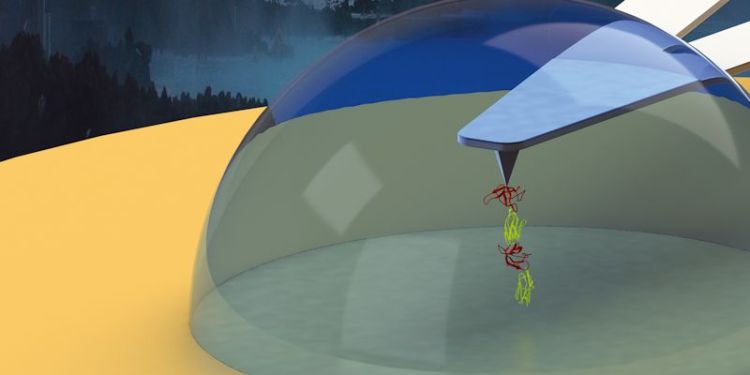Research highlights

99% of our research activity submitted was rated as either “world-leading” or “internationally excellent”, with 100% of our impact case studies classified as “world-leading” or “internationally excellent” by the Research Excellence Framework (REF) 2021. We have:
Collaborated with partners nationally and across the globe
Equipped a new generation of African radio astronomers with the space science expertise to secure senior jobs in multi-country research programmes, and to inspire young scientists in their countries.
Through a collaboration with Brown University, demonstrated that a technique called direct statistical simulation could offer a simpler and more meaningful way to model key elements of the Earth’s climate.
Through a collaboration with the University of Cambridge, demonstrated that tiny gold nanotubes could be used to treat cancer caused by asbestos fibres.
Shown, for the first time, how DNA adopts dance-like movements within cells, using high-resolution images and supercomputer simulations, through a collaboration with York and Sheffield Universities.
Delivered impactful research
Created a new form of gold just two atoms thick – the thinnest unsupported gold ever created.
Developed a new computational technique that enables scientists to see in finer detail the way protein molecules behave.
Developed liquid-crystal lense technology that could be a reliable alternative to reading glasses in the future.
Developed an approach that could support the design of a new generation of synthetic biomaterials made from proteins.
Awarded a £1.6m Engineering and Physical Sciences Research Council (EPSRC) Fellowship to lead an ambitious new research program to exploit engineered polyproteins in the modular design of robust, tuneable and biofunctional hydrogels.
Delivered accurate predictions of solar storms and other space weather events as part of the £20m UK Research and Innovation (UKRI) Space Weather Instrumentation, Measurement, Modelling and Risk (SWIMMR) programme.
Made a breakthrough in the search for a new, advanced material which could eventually replace rare-earth-based permanent magnets.
Developed 50 new signs to make British Sign Language more accessible to the deaf community, through leading the Astrophysics for All programme.
Discovered a binary star system with the closest high-mass young stellar objects ever measured, providing a valuable ‘laboratory’ to test theories on high-mass binary star formation.
Produced a testbed and a suite of advanced imaging tools that will enable scientists to investigate the role of individual proteins during photosynthesis.
Proven the existence of ‘magnon polarisationm,’ for the first time, by measuring this fundamental property of magnets.
Grown our interdisciplinary research
Developed new collaborations with the Bragg Centre for Materials Research and the Henry Royce Institute.
Hosted 20 international conferences and delivered over 200 plenary, keynote and invited talks.
Achieved more than 400 refereed papers, of which 90% were in sector leading journals. Members of our School have editorial roles in 20 journals.
Received EPSRC and Biotechnology and Biological Sciences Research Council (BBSRC) grants to support the development of research facilities.These include materials deposition and cryogenics, surface analysis and scanning probe microscopy facilities, and Nuclear Magnetic Resonance facilities for soft materials.
Driven wider research collaborations
Filed over 9 key patents and created a number of spinouts including Dynamic Vision Systems Ltd and Creavo Ltd.
Established collaborations between scientists and artists through the Bragg Centre Creative Labs part of the Cultural Institute’s Leeds Creative Labs programme.
Strengthened our commitment to women in STEM
Awarded ‘Juno Practitioner’ status by the Institute of Physics for our proactive approach to achieving equal gender opportunities and encouraging best practice among staff.
Developed the Footsteps initiative is a result from actions within our joint equality, inclusion and diversity strategy, stemmed from Athena SWAN.
Developed the Women of Achievement awards, which recognise the significant contribution and impact that women have made across the University and beyond.
Supported our postgraduate research community
Fostered a supportive environment for postgraduate researchers (PGRs), introducing a Code of Conduct and PhD plus scheme, which adds an additional year support and research training for PGRs.
Awarded Outstanding Research Supervisor by the Times Higher Education Awards in 2018.
Supervised students from three Doctoral Training Centres: Soft Matter and Functional Interfaces (SOFI), Molecules to Product, and Fluid Dynamics.
Produced high-quality PhD graduates who have gone onto successful careers in academia, industry, and the public sector.
Contact us
If you have a enquiry, please contact Professor Lorna Dougan, Director of Research and Innovation.

